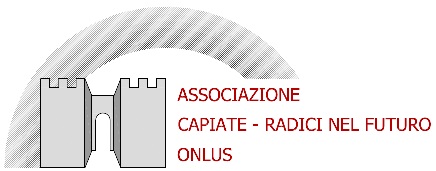|
The members of the
D'Adda
family
were rich unscrupulous merchants coming from Olginate (nowadays, Capiate
is an hamlet of the municipality of Olginate). They traded in wool and
fabrics especially, and managed their affairs at the limit of legality.
At the beginning of the fourteenth century, when Antonio D'Adda moved to
Milan at the Visconti's court, the fortune of this family grew
immensely. Antonio D’Adda’s descendants had important roles in Milan. In
the first half of the nineteenth century the male-lineage of that family
became extinct, while a female descendent married a member of Borromeo
family; in this way the Borromeo D'Adda family began.
In the fourteenth century, Obizzo’s heirs had many debts, probable
effect of the expensive military campaigns against the Ghibellines. The
sly D'Addas were able to take advantage of the economic difficulties of
Bernareggio family. So they could buy all Bernareggio’s properties in
Capiate and Villa Capiate. The purchasing dates on 12 January 1376.
In the following centuries the D’Adda managed these great possessions
with their usual speculative purposes, splitting, selling, exchanging
lands and properties by the convenience at the moment. In A.D. 1435
Giovanni Antonio D'Adda bequeathed the Castle of Capiate to his
stepfather, the notary Giovannino Rocchi. At that time, the castle was
already in bad condition. In A.D. 1674 the D’Adda sold the possession of
Caromano to the Milanese Carlo Gilardi.
From the sixteenth to the seventeenth century, when the D'Adda family
was feudatory of Olginate, the separation between Capiate and Villa
Capiate became more evident. The medieval commune went on in Villa,
while Capiate - dominated by the D'Adda - began to gravitate towards
Olginate. The union between Capiate and Olginate became so strong that
later, on 7 February 1632, a special act was necessary to formalize
their separation, in order to allow the establishment of the new
municipality of Capiate.
What testifies the ancient social groups and urban arrangements is the
parish district of Villa that still nowadays includes also Capiate and
Caromano villages.
|
